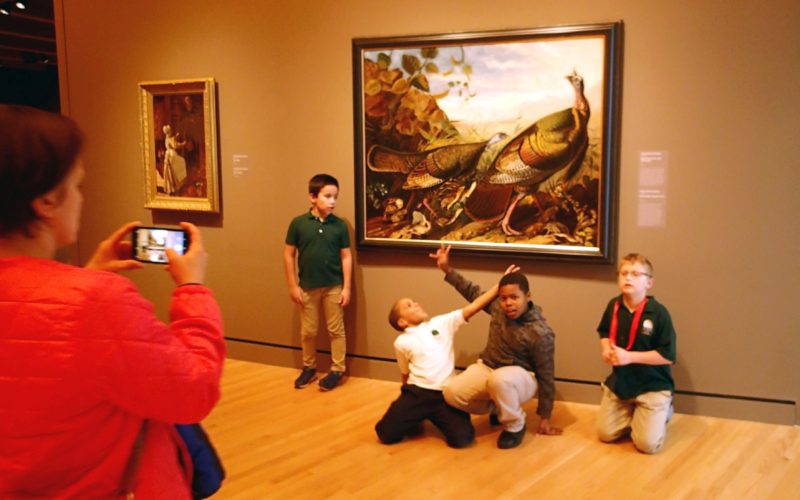Sustainability doesn’t end at gallery door
AMANDA BANCROFT
Making Ripples
Sustainable living touches all of living, from the day-to-day to the workaday. But often we think of it as something we make an effort to do whenever we’re not doing something else. Take art, for instance. The art world is not inherently benign or sustainable. With few exceptions, art needs to be intentionally shaped toward sustainability or else it can create harm in the world. It may simultaneously bring joy, provoke thought and discussion, raise awareness of social issues, and so on, while polluting and damaging the planet and the workers who produce art materials. Artists, gallery owners, museum curators, theater directors and everyone involved in creative pursuits as a business or hobby has an opportunity to make their art even better by considering its tangible impact.
Some artists and locations already consider sustainability — for example, recycled paper greeting cards, or artists who incorporate trash and recycled objects into their sculptures. Crystal Bridges Museum of American Art is deploying sustainable initiatives, too. Their efforts are detailed in an interactive computer display within the exhibit “Nature’s Nation,” presented now through Sept. 9. Tickets are $12 or free for members and youth ages 18 and younger. According to their website, “’Nature’s Nation: American Art and Environment’ is a new exhibition that examines American artists’ impact on shaping environmental understanding and stewardship. Featuring 100 artworks from 70 eminent U.S. collections, ‘Nature’s Nation’ traces 300 years of evolving ideas about the natural world and our place within it.”
In one section of the exhibit, viewers can click through screens and learn how artwork is packaged and shipped and how exhibits are created. Included are behind-the-scenes photographs and stories that illustrate the struggle of a museum committed to sustainability but unsure of exactly how best to approach it while maintaining the art. Artwork requires constant temperature and humidity regulation, which uses a large amount of electricity. Gallery exhibits apparently demand a fair amount of construction, including tearing down walls and building new ones. Art materials such as marble, turpentine and dye can be harmful to human health, not only for the artist but also for miners, and damage the environment (such as polluting water, blasting mountains, displacing wildlife and more).
For every problem, humans find solutions or try to do so. Crystal Bridges is sharing deliveries with partners, reusing crates and standardizing the packaging to reduce waste and emissions from the transport of artwork. They use LED lighting in the galleries and natural dye in some display curtains. The nature trails and gardens are not only rich with sculpture and architecture, but also feature native plants named and described in their plant guide for visitors. In myriad ways, they are striving to merge sustainability into the art world. As an artist, I have quite a journey ahead of me before I can create art with minimal to zero negative impact on the world, but each step gets us collectively closer, and there’s no reason to walk backward just because the path is long.
Amanda Bancroft is a writer, artist, and naturalist living in an off-grid tiny house on Kessler Mountain. She and her husband Ryan blog about their adventures and offer tips to those wanting to make a difference at www.RipplesBlog.org.










